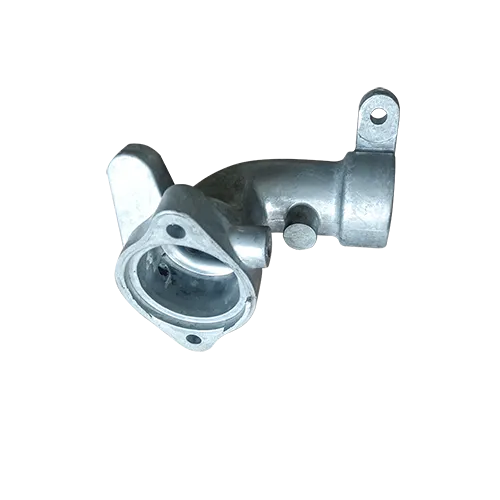Mobile:+86-311-808-126-83
Email:info@ydcastings.com
aluminum extrusion
The Fascinating World of Aluminum Extrusion
Aluminum extrusion is a remarkable manufacturing process that shapes aluminum alloy into specific profiles using heat and pressure. With its lightweight nature, corrosion resistance, and excellent strength-to-weight ratio, aluminum has become a preferred material in various industries, including automotive, construction, aerospace, and consumer goods. This article delves into the aluminum extrusion process, its applications, benefits, and future prospects.
Understanding the Aluminum Extrusion Process
The aluminum extrusion process begins with heating aluminum billets in a furnace until they reach a malleable state. The heated aluminum is then placed in an extrusion press, where it is subjected to immense pressure, usually through a hydraulic system. A die, which is a specially designed tool with a specific shape, is used to form the aluminum into a continuous profile as it flows through. This process can create an endless variety of shapes, from simple geometrical profiles to complex designs tailored for specific applications.
After the extrusion, the aluminum profiles undergo several treatments. First, they are cooled—either by air or water—which helps retain their shape and increases strength. Next, the extruded profiles are often subjected to a process known as aging, which enhances their mechanical properties. Finally, surface treatments, including anodizing and powder coating, are performed to improve corrosion resistance and provide desired aesthetic finishes.
Applications of Aluminum Extrusion
The versatility of aluminum extrusion makes it ideal for various applications. In the construction industry, aluminum is widely used for window frames, doors, roofing systems, and structural components. Its lightweight nature allows for easier handling and installation, reducing labor costs and improving efficiency.
In the automotive sector, aluminum extrusions are increasingly utilized due to their ability to reduce vehicle weight and enhance fuel efficiency. Components such as chassis, crash boxes, and structural parts benefit from aluminum's strength and durability, contributing to the overall performance of modern vehicles.
The aerospace industry also employs aluminum extrusion to manufacture components that require a high strength-to-weight ratio, such as airframes and wing structures
. Its resistance to corrosion and ability to withstand harsh environments make it an ideal choice for aerospace applications.aluminum extrusion

Moreover, consumer goods, furniture, and electronics frequently utilize aluminum extrusions for structural framing, casings, and enclosures, combining aesthetics with functionality.
Benefits of Aluminum Extrusion
The advantages of aluminum extrusion are numerous. One of the most significant benefits is its sustainability. Aluminum is 100% recyclable, and the recycling process consumes only a fraction of the energy required to produce primary aluminum. This eco-friendly aspect aligns with the growing emphasis on sustainability and reduced environmental impact across industries.
Another notable advantage is the design flexibility aluminum extrusion offers. The ability to create complex shapes while maintaining structural integrity allows engineers and designers to innovate and solve problems effectively. Additionally, the consistent quality of extruded aluminum profiles results in fewer defects during manufacturing, reducing waste and improving cost efficiency.
Furthermore, aluminum’s natural resistance to corrosion and lightweight properties lead to lower maintenance costs over the product's life cycle. This aspect is particularly crucial in industries like construction and transportation, where longevity and reliability are paramount.
Future Prospects of Aluminum Extrusion
As industries continue to seek innovative ways to improve energy efficiency and reduce environmental footprints, aluminum extrusion is poised for significant growth. Advances in technology, such as 3D printing and artificial intelligence, may further optimize the extrusion process, leading to greater material efficiency and design possibilities.
Additionally, the increasing demand for lightweight materials in electric vehicles and renewable energy solutions, such as solar panels and wind turbines, is expected to drive the aluminum extrusion market forward. As manufacturers recognize the benefits of aluminum, this process will undoubtedly play a pivotal role in the future of sustainable manufacturing.
In conclusion, aluminum extrusion is a vital process that has transformed numerous industries by offering lightweight, durable, and recyclable materials. With its diverse applications and ongoing innovations, aluminum extrusion continues to be a crucial player in the push towards a more sustainable future.











